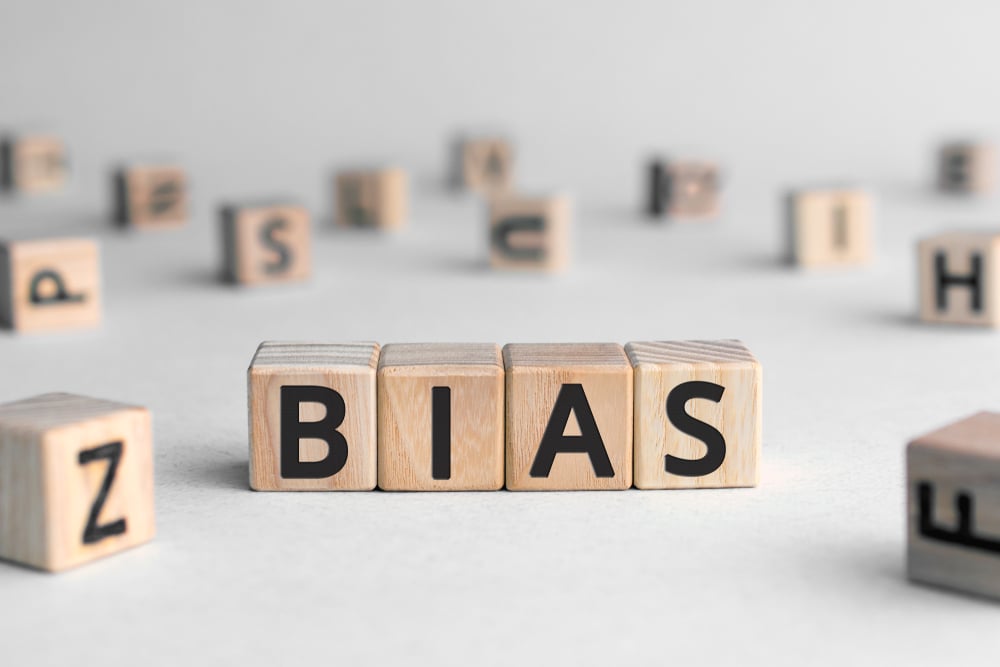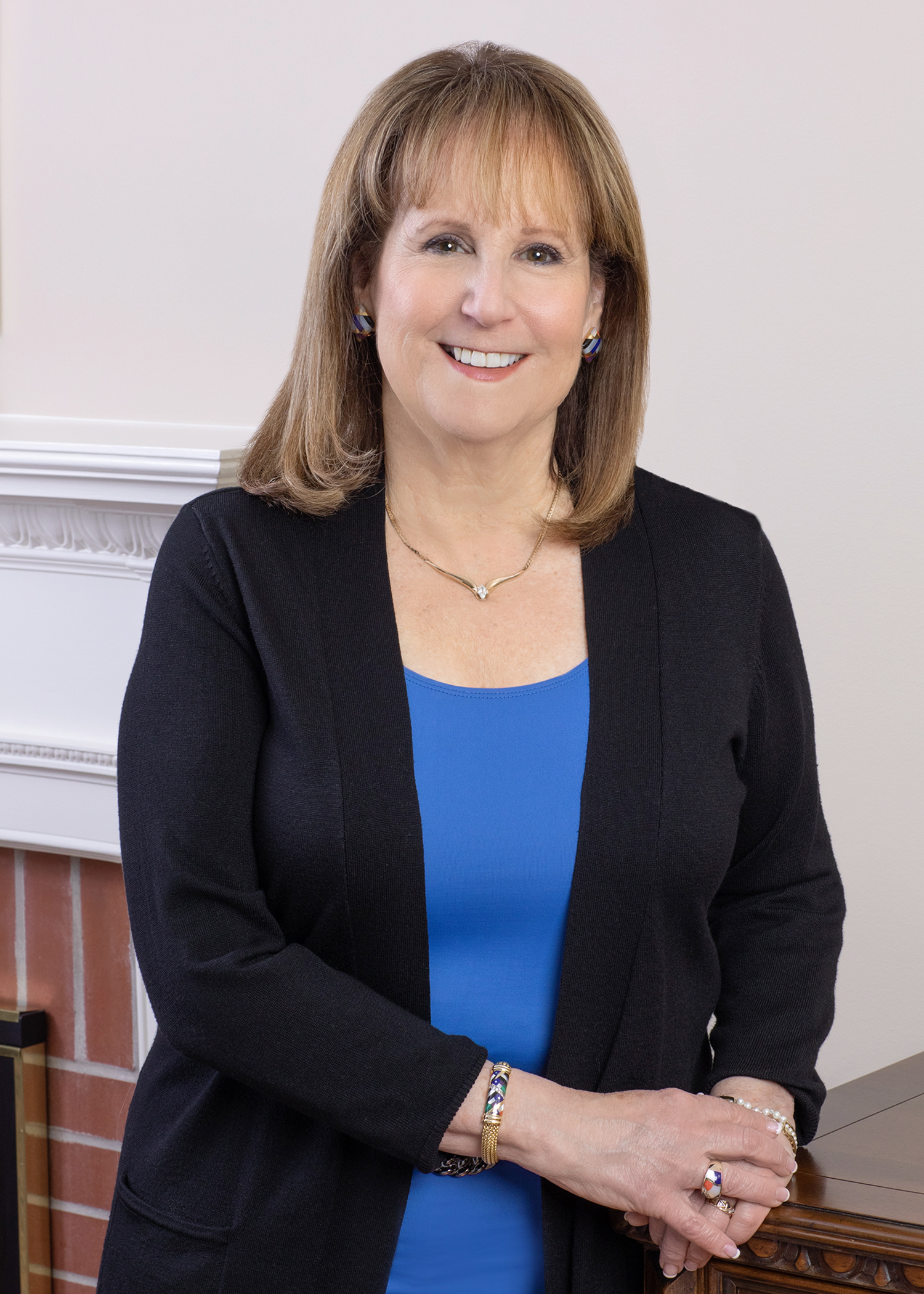When it comes to unconscious bias, are judges at risk?

Image from Shutterstock.com.
If a business school was designing a case study of unconscious bias in the courtroom, a recent series of events in Massachusetts might offer the perfect scenario for analysis. The topic: how the defense of a protester responding to a “straight pride” parade resulted in the arrest and shackling of a female defense lawyer for speaking in court.
The parade was held in Boston, organized by a group whose website stated that “straight people are an oppressed majority” and whose speakers had known ties to far-right organizations. During the parade, counterprotesters outnumbered the event participants. The event drew a heavy police presence and resulted in approximately three dozen arrests.
Suffolk County District Attorney Rachael Rollins sought to dismiss the charges against those protesters arrested for nonviolent offenses who had no criminal background. Boston Municipal Court Judge Richard Sinnott refused to allow the dismissals, an unusual response that was contrary to the regular practice of deferring to the prerogative of the prosecutor to decide whether to pursue charges.
In response to the judge’s refusal, Susan Church, a lawyer for one of the defendants, attempted to read into the record the basis for asserting that the judge was acting contrary to well-established case law, focusing in particular on a 1991 decision from the Massachusetts Supreme Judicial Court. Sinnott demanded that Church stop talking.
Nevertheless, she persisted. The judge had the lawyer arrested, handcuffed and imprisoned for disobeying his demand that she be silent. She was released hours later.
 Lauren Stiller Rikleen.
Lauren Stiller Rikleen.
Few adjectives have been spared in characterizing the judge’s actions. His behavior has been described as “outrageous behavior,” “extraordinary” and as having “overstepped his boundaries.” What these characterizations have not addressed, however, is that the judge may have offered a textbook example of how unconscious bias impacts the lives of people every day.
Neuroscience advances are increasingly demonstrating the power of our subconscious. We are learning that our brains often act contrary to our conscious beliefs, and that unconscious biases influence the way that we interpret behaviors, evaluate people and circumstances, and make decisions throughout the day. In settings where decisions have far-reaching effects on the lives of others, actions influenced by unconscious biases can result in significant adverse consequences.
In the courtroom, research demonstrates that judges more often rely on their intuitive assessments than on deliberative judgments, potentially leading to erroneous decision-making. Studies have also demonstrated that black defendants are treated harsher in the justice system, incarcerated longer and more frequently sentenced to death.
We can reasonably assume that judges do not intend to cause disparate results in their decision-making. Most would likely describe themselves as fair and unbiased.
Yet by seeing themselves as objective, they may be more at risk for behaviors that run counter to that belief. Indeed, the very belief in one’s own objectivity may give license to acting on one’s biases. In the recesses of the unconscious brain lies the tendency to act in accordance with one’s stereotypes.
The events in Sinnott’s courtroom that day offered several opportunities for unconscious biases to emerge. For example, could his unusual position have been impacted by biases against LGBTQ individuals and allies who were protesting the parade? Would he have reacted as negatively and forcefully to a male lawyer who spoke over his objections? Sinnott is a former criminal investigator and served in the military.
Rollins, the first black woman elected to the district attorney position in Suffolk County, Massachusetts, is implementing reforms to change the way nonviolent criminals are treated in the criminal justice system. This is not the first time that the judge has opposed a request by Suffolk County prosecutors seeking to exercise prosecutorial discretion. Is it possible that racial and gender bias played a role in Sinnott’s response?
In response to an emergency appeal filed by the district attorney on behalf of one of the protesters, a single justice of the Massachusetts Supreme Judicial Court ruled that Sinnott lacked the authority to continue with a criminal proceeding over the DA’s decision not to prosecute. What did not get resolved by the decision, of course, is why the judge chose to act in such an extraordinary manner.
This example reinforces that all courts—indeed all workplaces—should make a systemic and ongoing commitment to continual learning about the ways in which biases can influence judgments without an explicit recognition of it happening. Research suggests that the intrusion of unconscious bias can be thwarted through personal and institutional vigilance, including greater exposure to people who are different, an increased motivation to act with fairness, and a greater understanding of the science of unconscious bias.
The examination of unconscious bias should not be viewed through a lens of self-blame or criticism. Rather, it should be seen as an opportunity to better understand neuroscience in order to create a more level playing field.
For more resources on implicit bias and judges, visit:
• ABA Resource: Fighting Implicit Bias
• Past ABA Journal Coverage: “Implicit bias is a challenge even for judges”
• ABA Publishing: Enhancing Justice: Reducing Bias
• ABA Resource: Implicit Bias Tool Box
Lauren Stiller Rikleen, president of the Rikleen Institute for Strategic Leadership, is the author of The Shield of Silence: How Power Perpetuates a Culture of Harassment and Bullying in the Workplace, a newly released book published by the ABA. Her prior ABA-published book is You Raised Us, Now Work With Us: Millennials, Career Success, and Building Strong Workplace Teams. She’s also a member of the ABA Journal’s Board of Editors.
ABAJournal.com is accepting queries for original, thoughtful, nonpromotional articles and commentary by unpaid contributors to run in the Your Voice section. Details and submission guidelines are posted at “Your Submissions, Your Voice.”
Your Voice submissions

The ABA Journal wants to host and facilitate conversations among lawyers about their profession. We are now accepting thoughtful, non-promotional articles and commentary by unpaid contributors.

